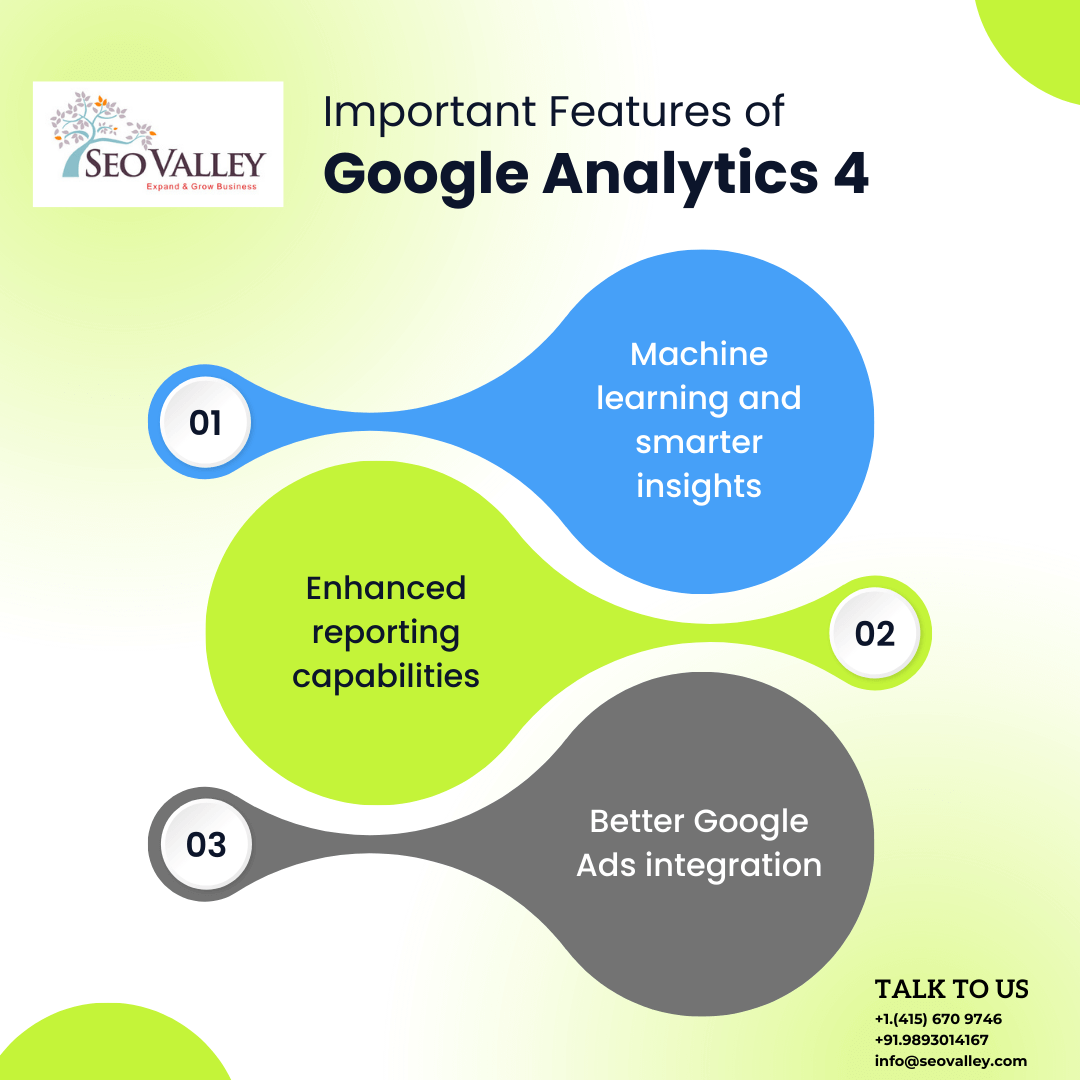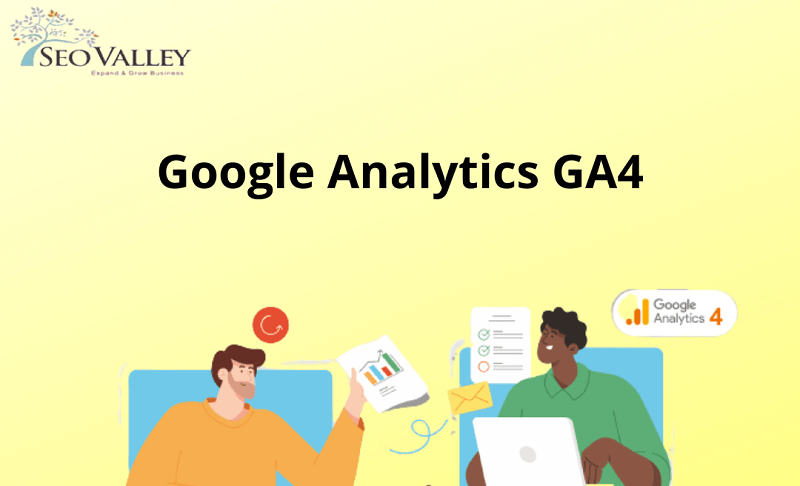Having a great SEO campaign is not enough. You are missing out on crucial opportunities to improve that campaign if you can’t make sense of its data in a systematic and engaging way.
Enter data tracking and visualization—the better alternative to intimidating and boring spreadsheets. They’re clearer and easier to digest, helping you see the complete picture of your SEO campaign at a glance.
![]()
Data tracking and visualization is especially important if you’re presenting your progress to your stakeholders. With visuals, you can easily show the performance of an SEO campaign and determine if it is truly contributing to boosting your client’s revenues. You can also showcase improvements in rankings and explain how it led to higher conversions and organic traffic. Here are some of the factors you can measure and present:
- Visibility – On a scale to 0 to 100%, visibility is the estimate of the organic visibility trend of a website for certain keywords you are tracking in the SEO campaign. So, if your organic visibility is at 100%, that means your tracked keywords are ranked number 1.
- Volume – This refers to the average volume of monthly searches. Most digital marketers focus on tracking higher volume keywords, but that doesn’t mean you should forget about the small ones. They matter, too!
- Page – This pertains to the page that is ranking for a specific keyword. It will help you identify the top-ranking pages.
- Position – This is your ranking in Google or any other search engine you use.
Feel free to mix and match these metrics depending on which are the most critical for your clients. The key is to do it in a way that can best explain the story of what you are doing.
Ready to do some data tracking and visualization? Here are some strategies to try:
Linkscape relationship analysis
This is useful when finding issues with internal link deficiencies, canonical tags, and orphaned pages, particularly when auditing link building. It can help you discover the strongest pages and how they are redistributing equity through internal links.
Google Search console, SEMrush, Ahrefs, or Moz are some of the tools you can use for sourcing data, and Gephi or Google Fusion Tables can help you with visualization.
Keyword list tracking
The simplest method of them all involves making a list of keywords. Though simplistic, this approach can still be useful if your website or client is offering only one service or product or if you are working on local SEO.
Here’s a tip: Include a keyword ranking performance table and a visibility trend chart with the list.
But what if you’re tracking multiple locations? Keyword tracking tools can be handy for that. Be sure to include the different geography-related terms when making different lists.
Traffic crosswalks and organic revenue
Your clients want marketing strategies that can guarantee quantifiable returns for their business. This is why you should focus on revenue reporting and demonstrate their ROI from their SEO expenditures.
Try Google Data Studio to get revenue data and make simple charts that can clearly show your SEO process’ economic impact.
Category split keyword tracking
For a growing business, you’ll need something more sophisticated than a list of keywords—especially if they’re over 100 in number. Measure performance by splitting the visibility metrics into unique categories. That way, you can clearly demonstrate organic performance throughout the business landscape.
It’s simple, really: Tag the keywords with a specific identifier (i.e. brand name, product category, or a service) and filter the reporting to show keyword ranking tables and visibility for the tags.
The bottom line
Your clients are busy and want the exact numbers. They don’t have time to go over lengthy presentations and spreadsheets. Think of data visualization as a means to summarize your findings while allowing your clients to understand how you work. If you need assistance, contact us here at SEOValley.



